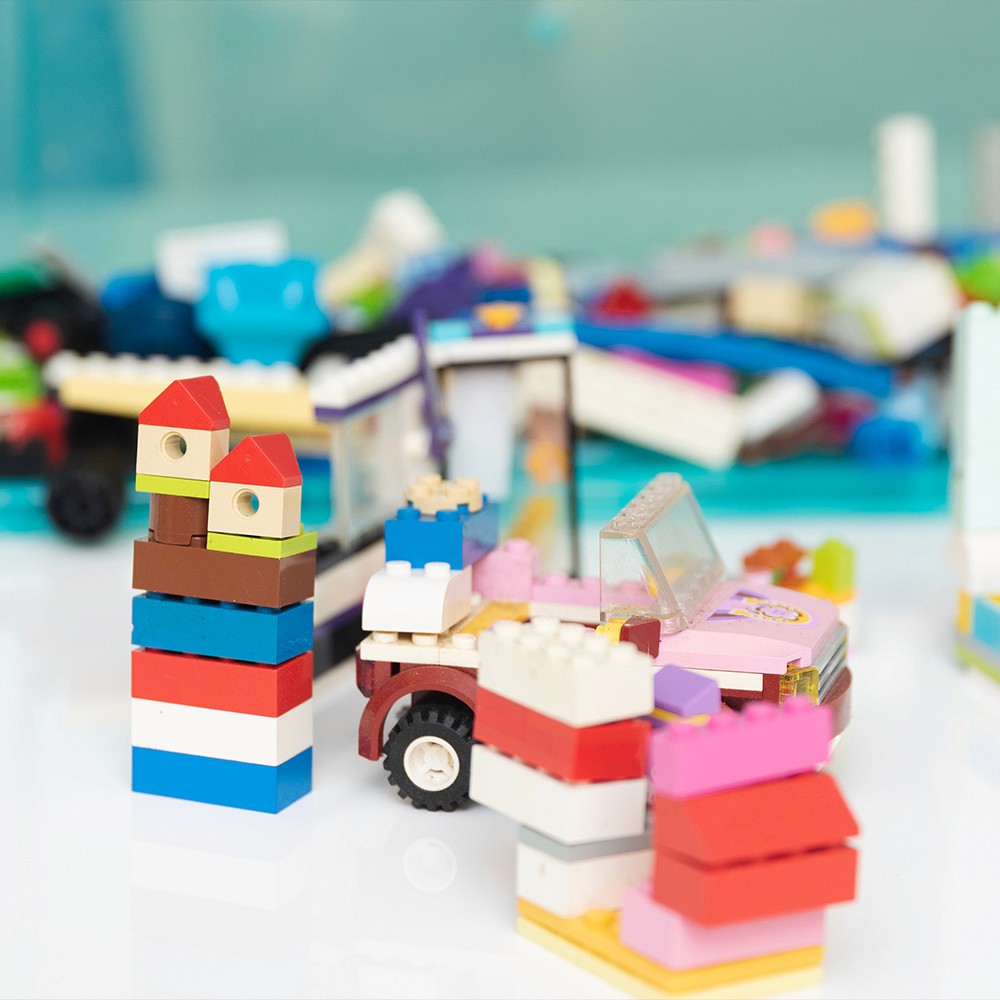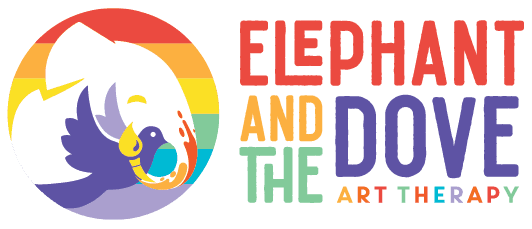LEGO® Therapy
LEGO® Therapy, also known as Lego-based therapy, is a therapeutic and educational approach that uses LEGO® bricks as a medium for promoting social, emotional, and cognitive development in individuals, particularly children with social communication difficulties or autism spectrum disorders. It was originally developed by Dr. Daniel LeGoff in the 1990s.

Here's how it generally works:





LEGO® Therapy has been found to be effective in improving several areas, including:
Social: It helps individuals learn to work with others, practice turn-taking, and develop cooperation and communication skills.
Fine motor: Building with Lego bricks also supports fine motor development and hand-eye coordination.
Problem-solving: Participants learn to think creatively and find solutions to challenges presented during the sessions.
Emotional regulation: The therapy can help individuals manage frustration, anxiety, and other emotions in a supportive and structured setting.
LEGO® Therapy is widely used in educational and therapeutic settings, particularly for children on the autism spectrum or those with social communication difficulties. However, it can also be adapted for use with individuals of all ages and abilities, as the principles of teamwork, communication, and creative problem-solving are universally valuable.
